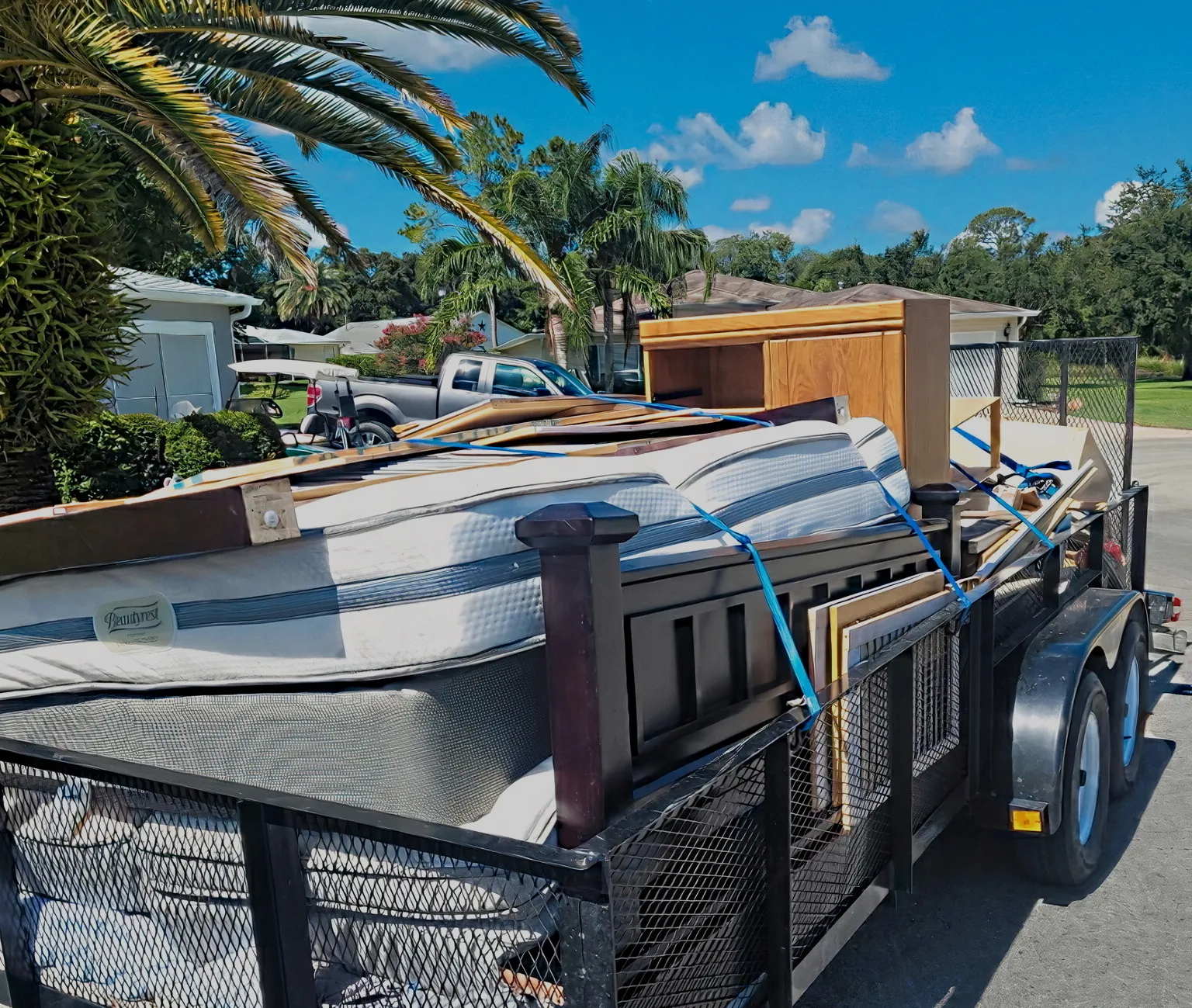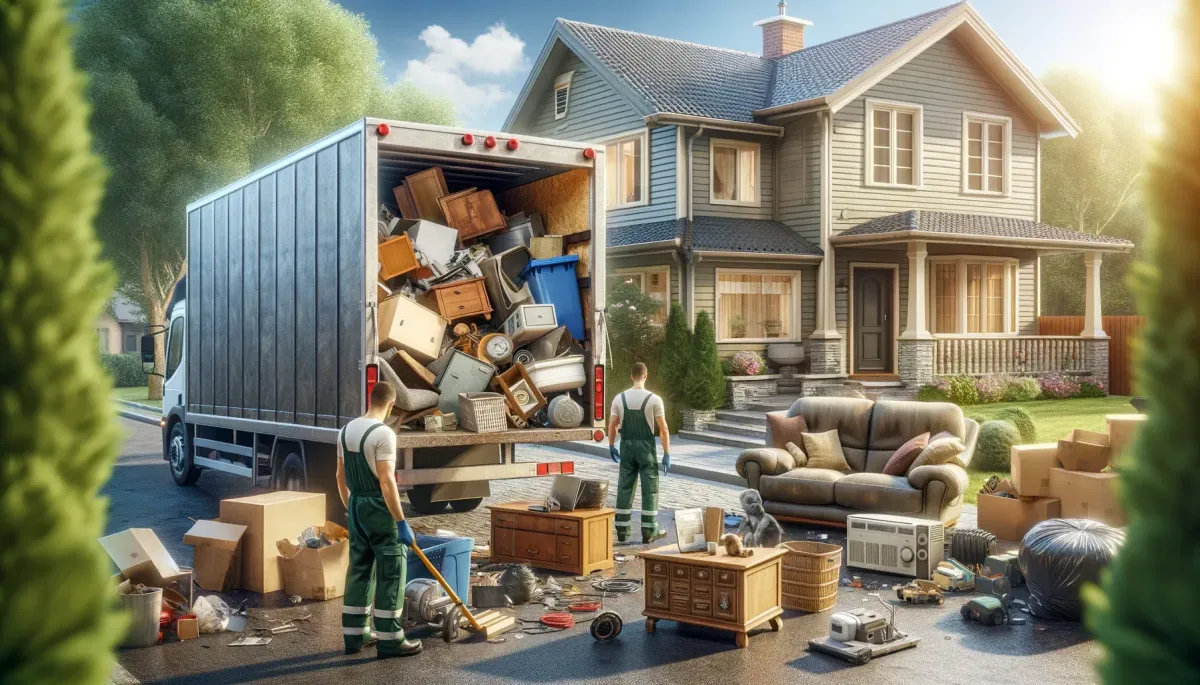When decluttering your space or clearing out unwanted items, hiring a junk removal service can make the process much easier and more efficient. However, to ensure that the experience is smooth and hassle-free, proper preparation is essential.
1. Evaluate and Sort Items
Start by assessing what needs to be removed. Go through each room and categorize items into three groups: keep, donate/sell, and junk. This not only helps you get rid of things you no longer need but also makes the process more organized for the junk removal team. Consider donating items that are still in good condition or selling valuable ones before the service arrives.
2. Check Service Details
Different junk removal services may have varying policies and procedures. Confirm what types of items they accept, any restrictions on hazardous materials, and their pricing structure. Ensure you understand their terms of service, including any additional fees for items like electronics or appliances. This will help avoid surprises on the day of removal.

3. Clear a Path
Before the junk removal team arrives, clear a path to the items you want to be removed. This means moving furniture or other obstacles that might obstruct access. If the items are in a basement, attic, or another hard-to-reach area, make sure the route is accessible. This will help the team work more efficiently and avoid any potential damage to your property.
4. Prepare Your Space
For a smooth operation, make sure the area where the items are located is clean and free of clutter. This not only makes it easier for the removal team but also ensures that nothing valuable or necessary is accidentally disposed of. Secure any loose items that you wish to keep separate from the junk to avoid confusion.
5. Communicate Clearly
On the day of the service, communicate with the junk removal team about which items are to be removed and any specific instructions. Be available to answer any questions they might have and provide access to the areas where the items are located. Effective communication ensures that the process goes according to plan and minimizes the risk of any misunderstandings.


